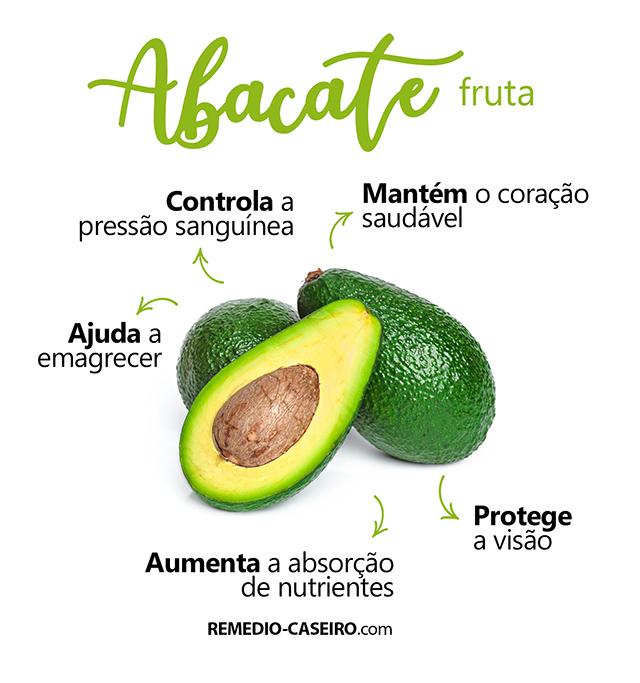
Avocado is an evergreen tree which can reach 20 meters in height and produces pear-shaped fruits with edible pulp that are an excellent source of natural fats and other beneficial substances for our body.
Different varieties of avocado
Avocado originates from the lands of Central America and areas between Florida, California and Latin America. In these geographical areas, 3 different types of avocado are distinguished the Mexican, the Antillina and the Guatemalan.
These avocado varieties differ in shape, color, size and even taste of the fruit as well as botanical differences in the leaves and in the whole plant.
Over time the farmers have selected the plants and therefore the tastiest varieties and productive to continue cultivation and have a better sale of the avocado fruit.
Among the best known varieties we remember the Strong, Nabal, Ettinger and the most delicious avocado of the variety hate.
The Hass variety of avocado
The Hass variety was born from the hands of Rudolf Hass, who in 1926 planted some avocado seeds on a small plot of land in Los Angeles.. Among these plants was born a very resistant specimen with darker fruits and wrinkled skin. Rudolf patented the plant in 1935 and from that moment the Hass variety began to spread first in the neighboring areas and then in the rest of the world where the avocado could thrive.
The Hass variety originally belongs to the Guatemalan avocado breed and in fact it has a darker green color than other avocados as well as a wrinkled and not smooth skin.
The weight of the fruit is around 300 grams, the dimensions are around 18 cm in length and the shape is always peripheral or slightly oval. The outer skin once the fruit has been harvested begins to ripen until it becomes very dark and almost purplish in color.
This dark tint signals the optimal time when we can open the avocado and eat its pulp which is light yellow in color and pleasantly creamy and buttery in texture.
The pulp is rich in essential fatty acids and the lipid part exceeds 20% of the content and it also contains fiber but not in resistant filaments which in some fruit varieties are annoying to remove in the pulp.
The Hass variety is considered to be the best compared to other avocado fruit varieties both for the flavor of the pulp and for its scent.
Read also Avocado, how to eat it >>
The Hass avocado plant
In the country the Hass variety of avocado is already cultivated and also with excellent results in Sicily especially in the plots where farmers have experimented with exotic productions under organic farming. In these areas the ripening and harvesting period takes place from the end of December until May.
These months are long and it is therefore possible to harvest the avocado fruit in stages allowing a better ripening of the fruit directly on the tree.
The Hass variety is well appreciated by farmers because it is resistant and vigorous and does not require special agricultural interventions. A good soil rich in humus and well moved in depth with abundant irrigation are the needs of this plant to grow in health.
Properties of the Hass avocado
The properties of avocado are related to the composition of nutrients that are present in the edible pulp of the fruit.
The Hass variety of avocado is the best in texture on the palate being pasty and creamy, the taste is buttery and pleasant.
This consistency is given by the presence of natural fats and in particular there are unsaturated fatty acids up to over 30%. This lipid part combined with the presence of phytosterols has the function of rebalancing the cholesterol in the circulation precisely because the unsaturated fats act by increasing the good cholesterol and counteracting the "bad" one.
In fact, maintaining a balance between good and bad cholesterol helps prevent diseases such as atherosclerosis or other problems due to the accumulation of fat in the blood vessels.
Plus, avocado is rich in omega 3 che are essential fatty acids for our body and are also used for the prevention of degenerative and cognitive diseases such as Alzheimer's disease.
In addition to the lipid part, avocado contains many vitamins such as A, C, E and K which are essential for maintaining the well-being of the skin and membranes throughout our body. They also have an antioxidant function that combined with other phytonutrients and active ingredients present in the avocado pulp provide an excellent anti-aging action because they counteract circulating free radicals.
Another vitamin present in avocado pulp is vitamin D which is essential for the metabolism and absorption of calcium as well as for other functions in our body. The right presence of vitamin D in the diet allows you to prevent osteoporosis, arthritis and osteoarthritis. Generally speaking, avocado is therefore suitable for all situations in which there is inflammation and also when there is oxidative stress.
In the mineral part instead we find that the avocado is rich in magnesium and potassium and it is low in sodium and therefore becomes an excellent food to use when we play sports or are under physical effort as well as in people with hypertension.
In avocado we also find folates which are important for women who are expecting a baby and therefore during the period of pregnancy.
Avocado has an antiplatelet and antithrombotic action truly excellent and this phytocomplex also allows you to prevent any ischemic events.
Read also
> Avocado Bacon, properties and characteristics
> Avocado varieties, how to recognize them


























